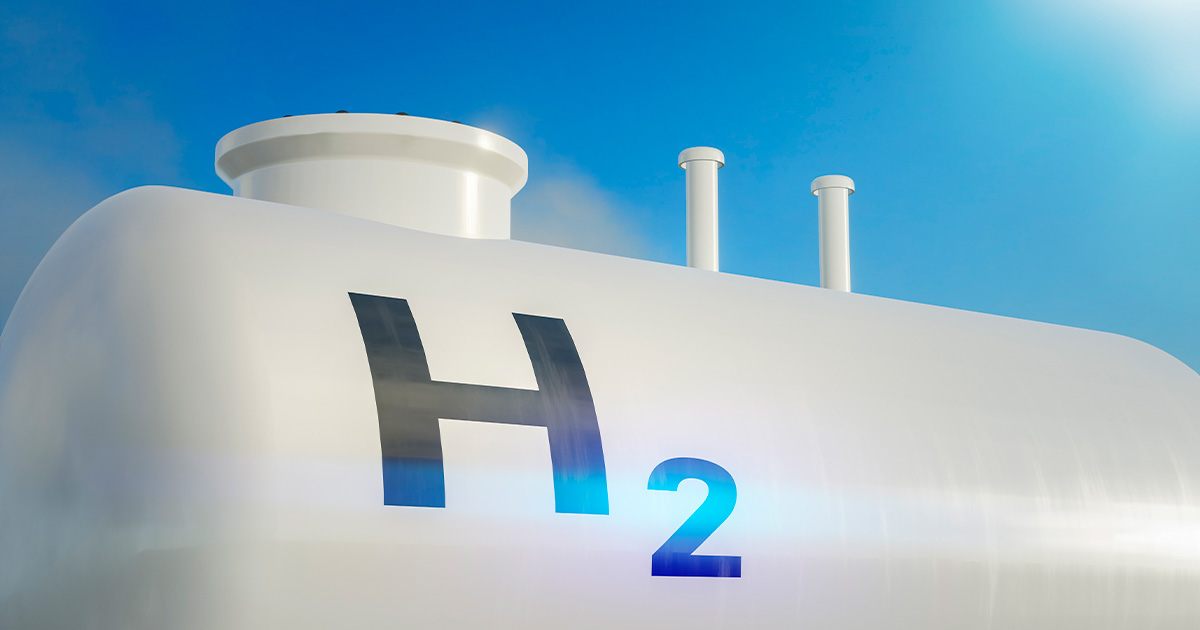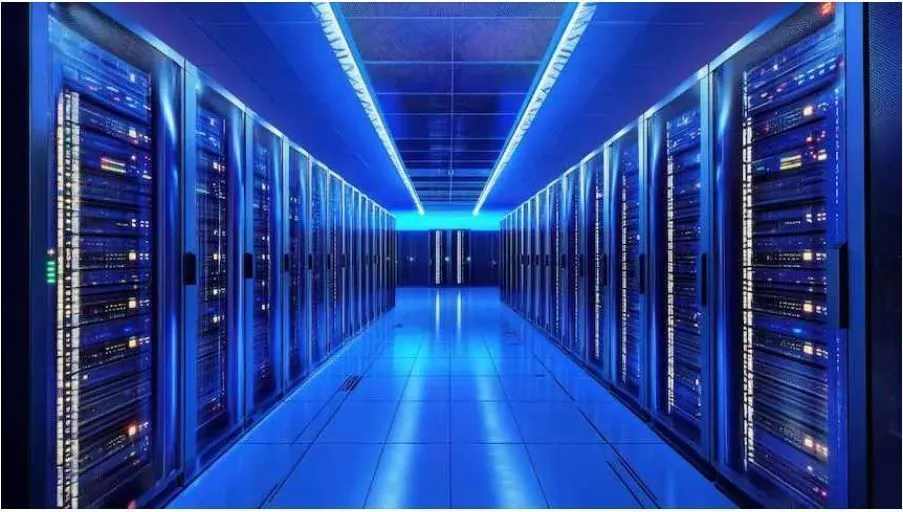With the enactment of Law No. 14,990/2024, the so-called “Low-Carbon Hydrogen Development Program” (PHBC) was established. Beyond the “appealing” aspects of the law, such as its objectives to develop renewable and low-carbon hydrogen and to support the energy transition, it is essential to focus on the more practical provisions introduced by the legislation.
Subject to regulation by the National Agency of Petroleum, Natural Gas, and Biofuels (ANP), Law No. 14,990/2024 has already stipulated that the tax credit “will correspond to a percentage of up to 100% of the difference between the estimated price of low-carbon hydrogen and the estimated price of substitute goods.” What does this mean? The term “substitute goods” refers to other energy sources or products that low-carbon hydrogen could replace in energy generation or production, broadly speaking, such as natural gas, coal, or oil.
Despite the law’s assertion that the credit “will correspond to a percentage of up to 100%,” a more practical interpretation suggests that the tax credit could cover the entire difference. It is noteworthy that the exact percentage will depend on specific criteria established by regulation, with the PHBC Law providing that this percentage may be “inversely proportional to the intensity of greenhouse gas (GHG) emissions of the hydrogen produced.”
Furthermore, to be eligible, a project applying for the PHBC must meet at least one of the requirements outlined in the law, such as contributing to regional development, implementing measures for climate change mitigation and adaptation, fostering technological development and diffusion, or diversifying Brazil’s industrial base.
These criteria are deliberately broad and inclusive, reflecting a strategic approach aimed at encouraging a wide variety of initiatives. This flexibility allows different sectors, companies, and regions to benefit from the program, provided they meet at least one of the established requirements.
In summary, the PHBC, established by Law No. 14,990/2024, represents a promising regulatory framework. However, from the perspective of economic analysis of law, it still depends on regulation to ensure its incentives are effective and promote efficient resource allocation. By allowing broad criteria and tax credits that can reach up to 100% of the cost difference between low-carbon hydrogen and its substitutes, the program seeks to address market failures and stimulate the adoption of clean technologies. Nonetheless, the success of this model will hinge on clear and predictable regulations to ensure the incentives are applied transparently and generate long-term economic, social, and environmental benefits.

